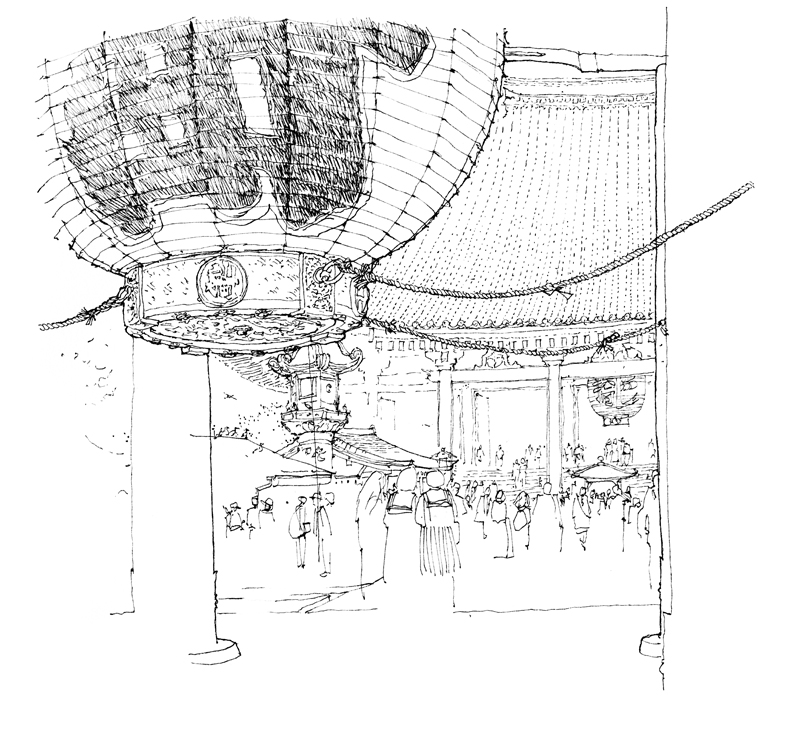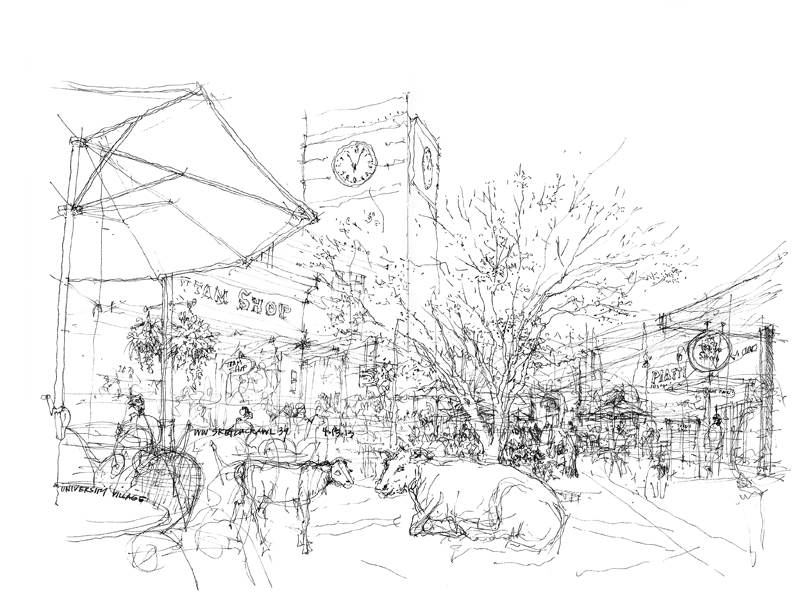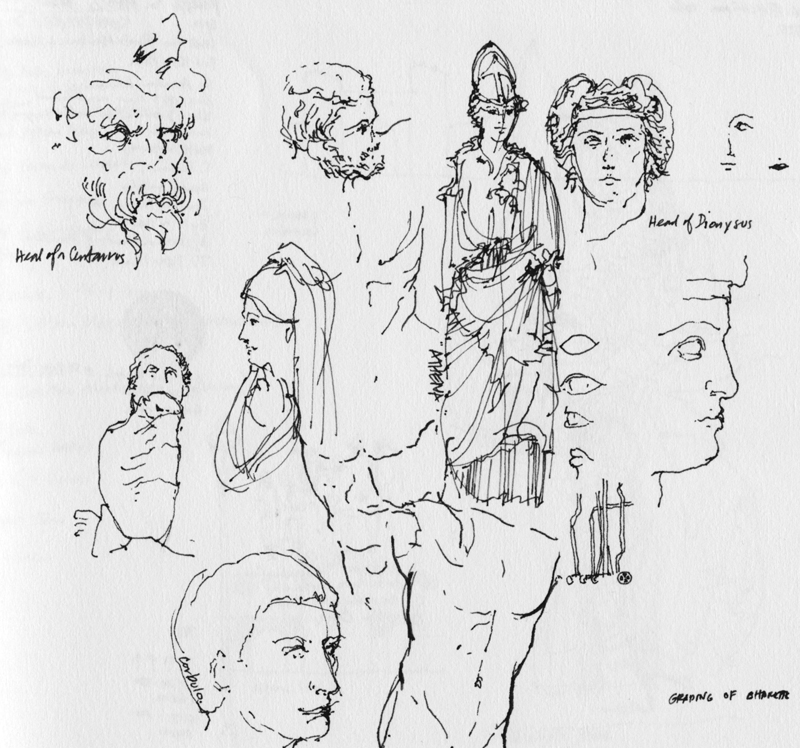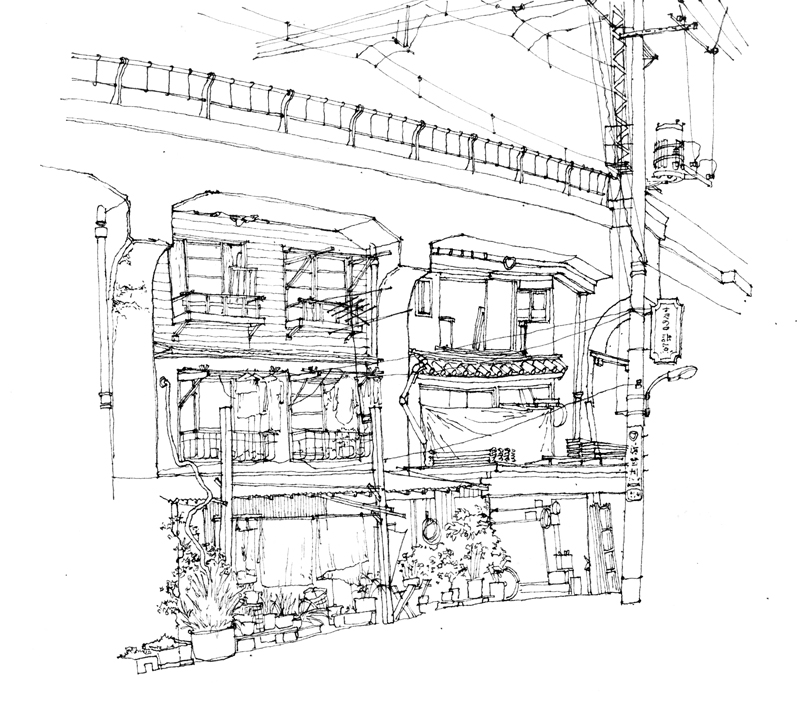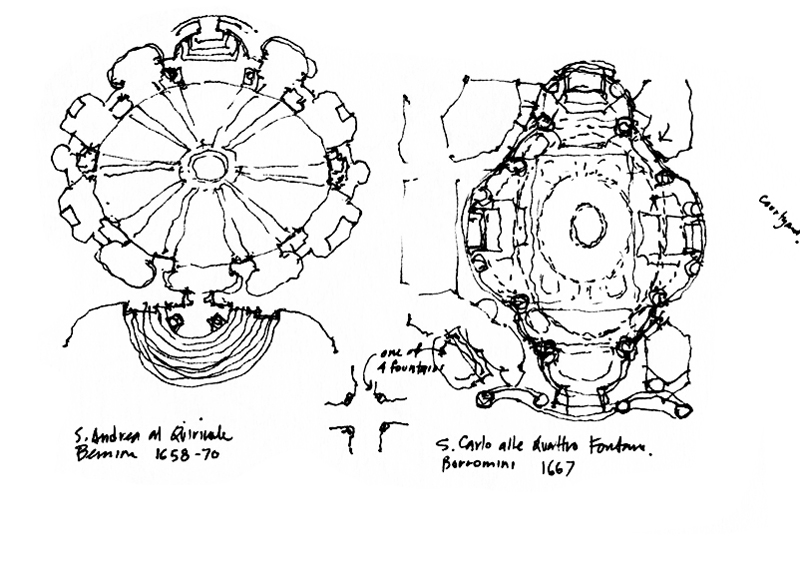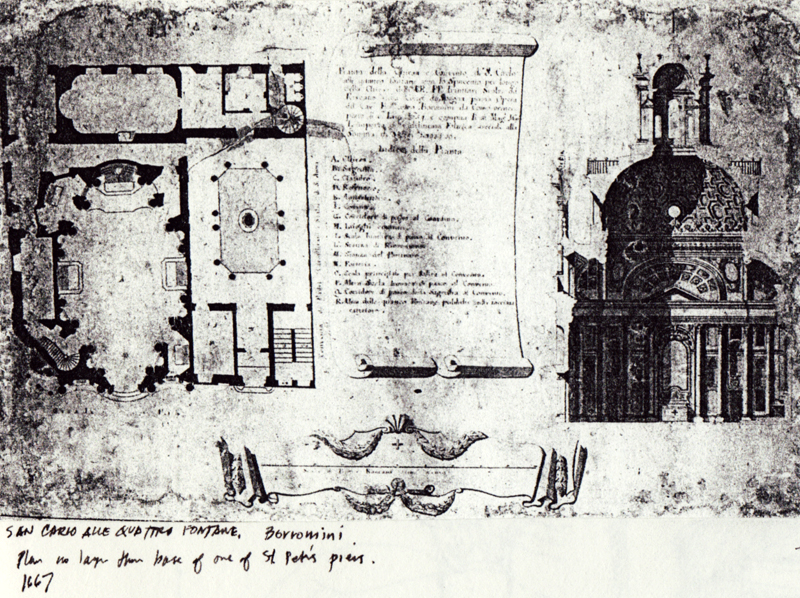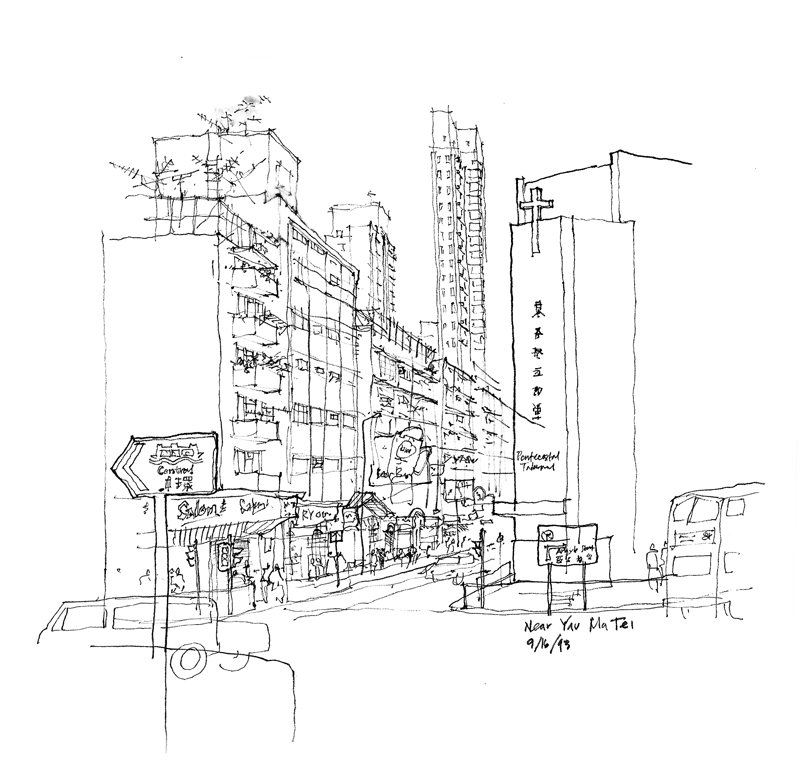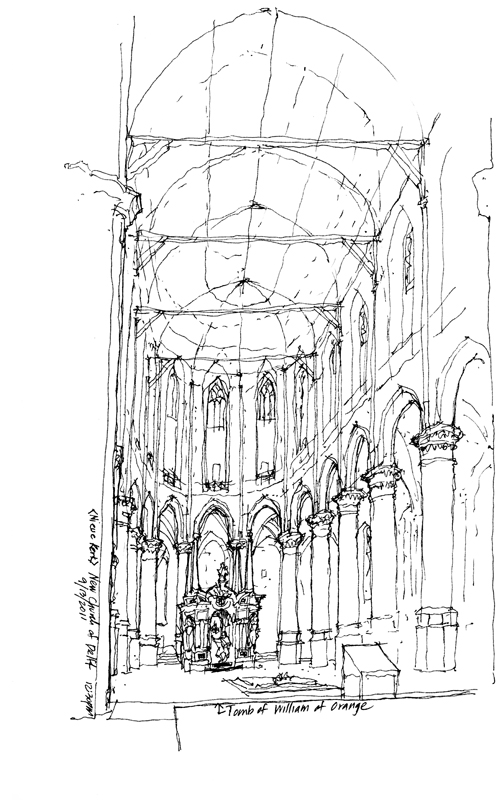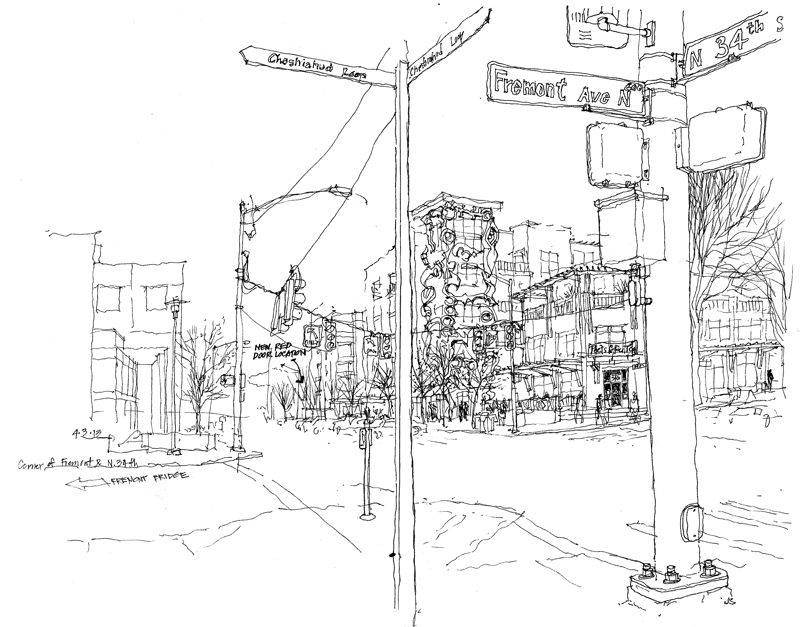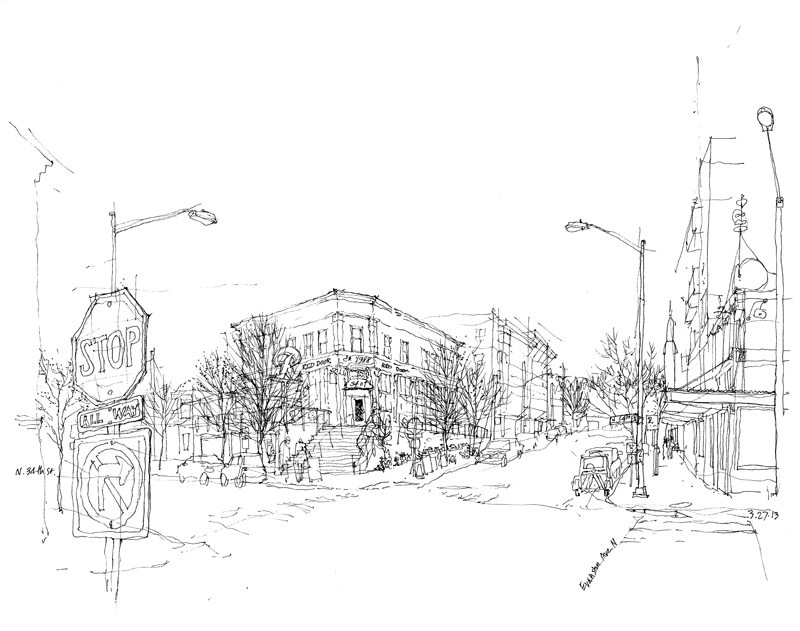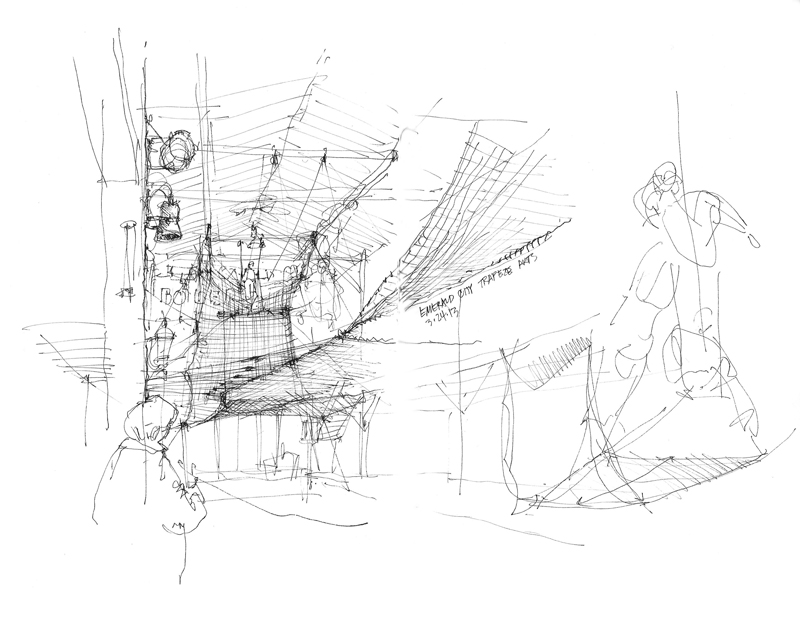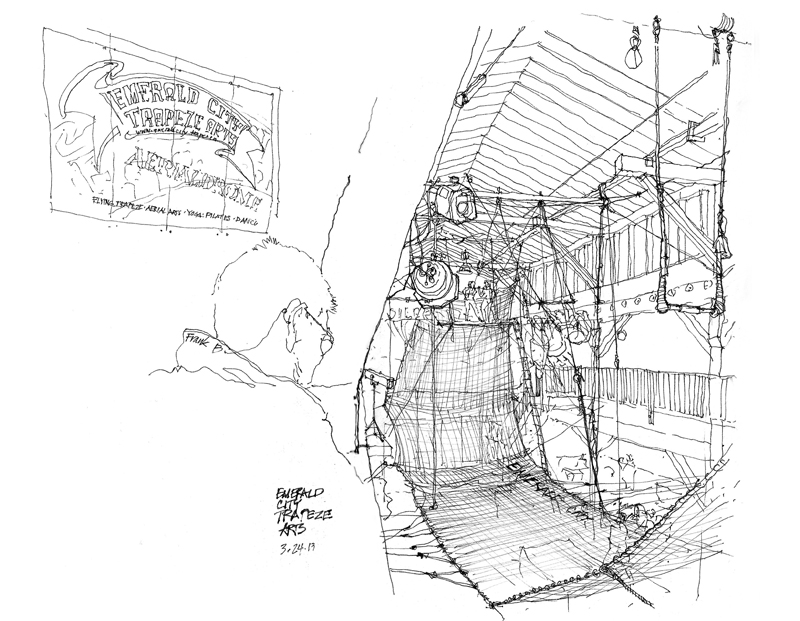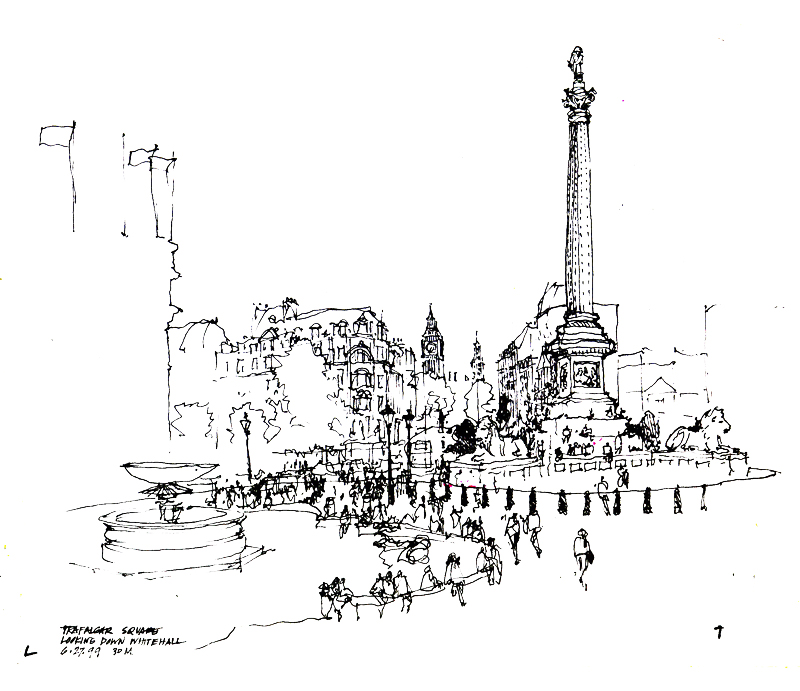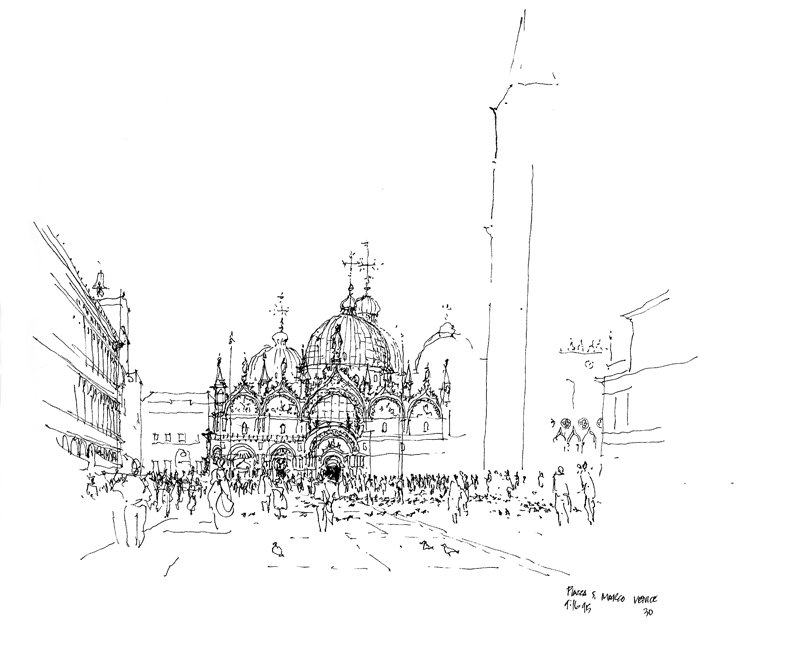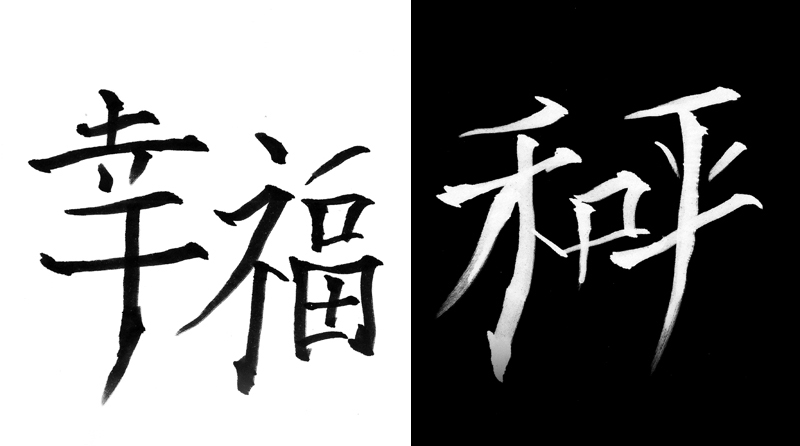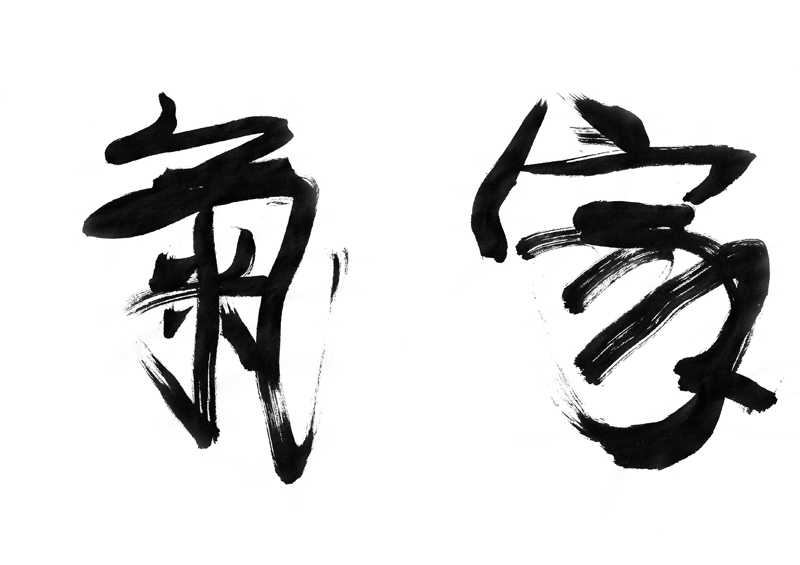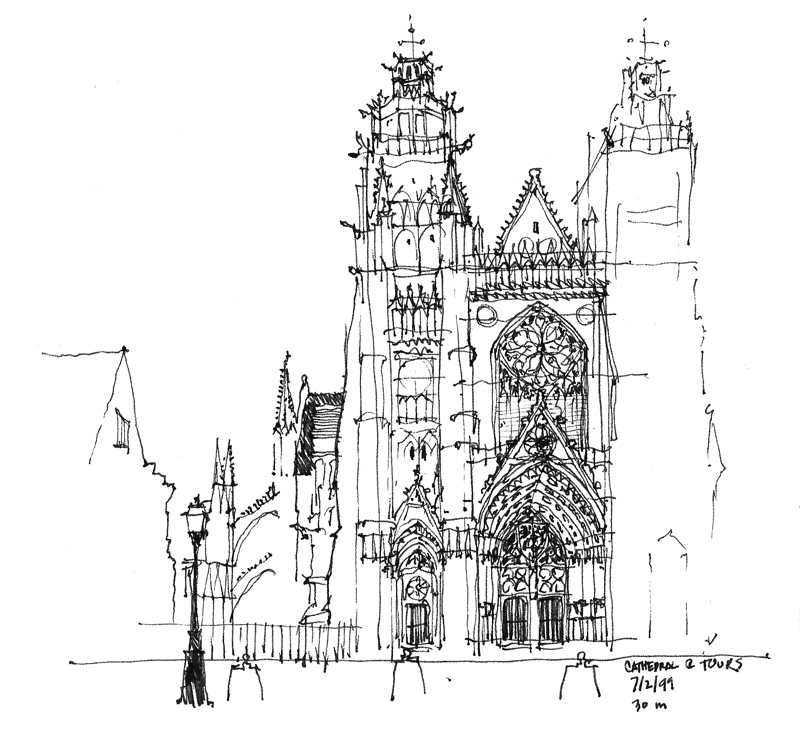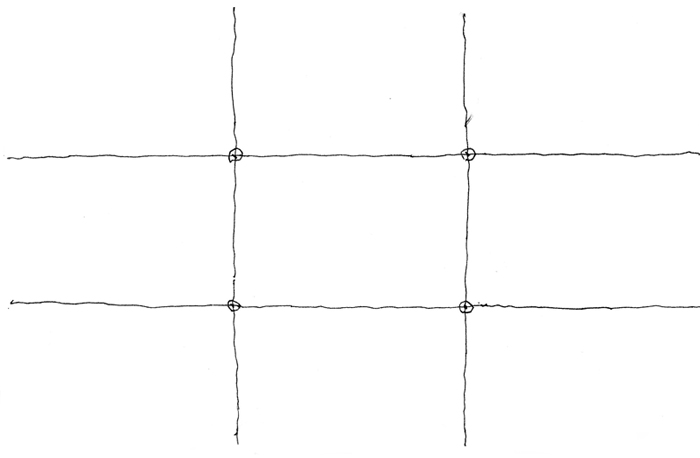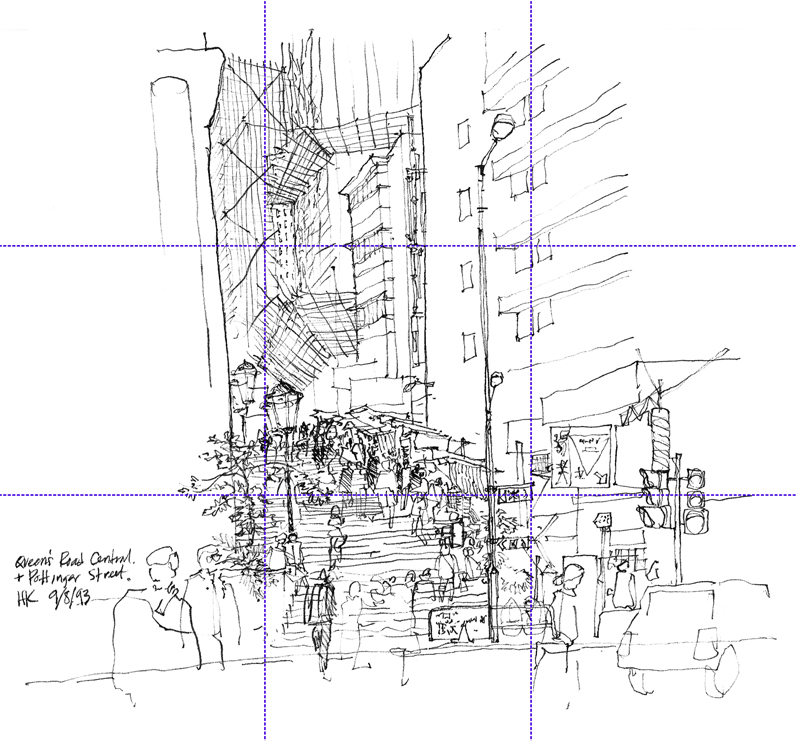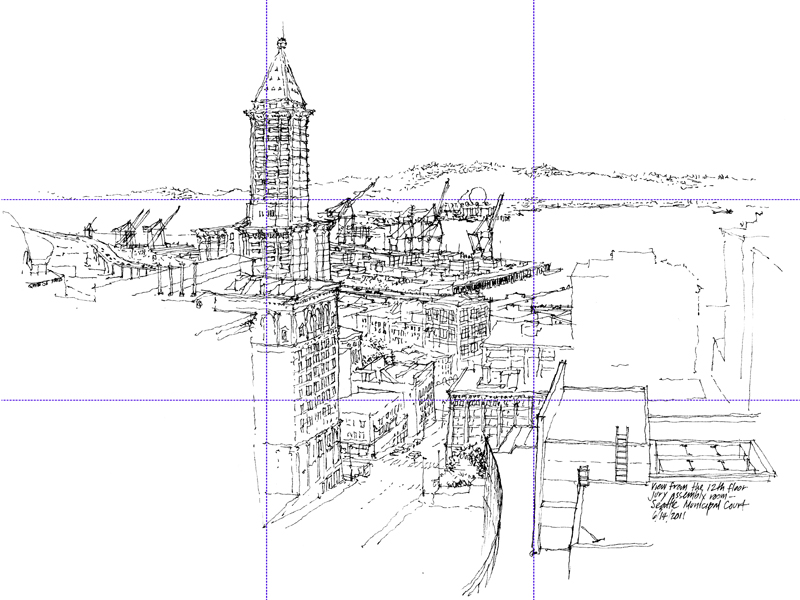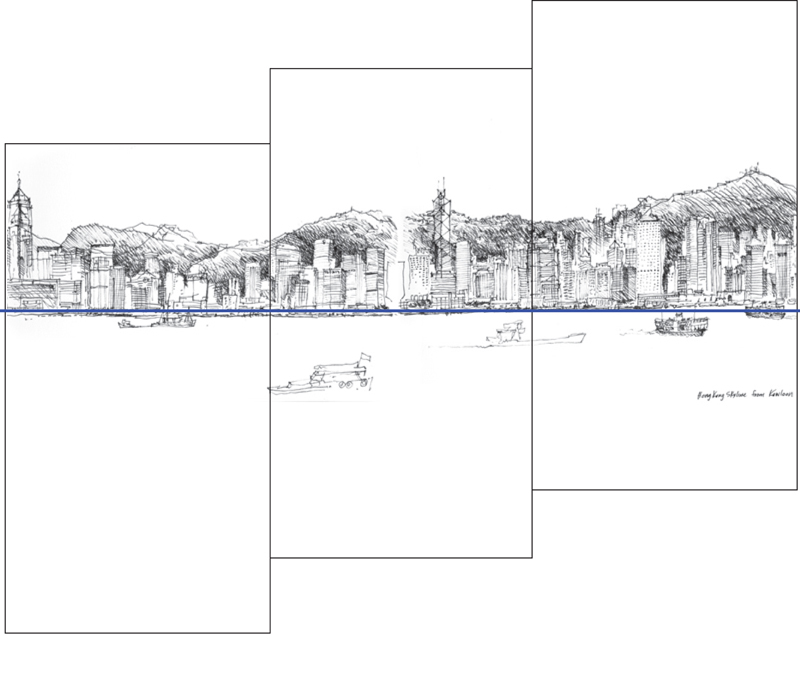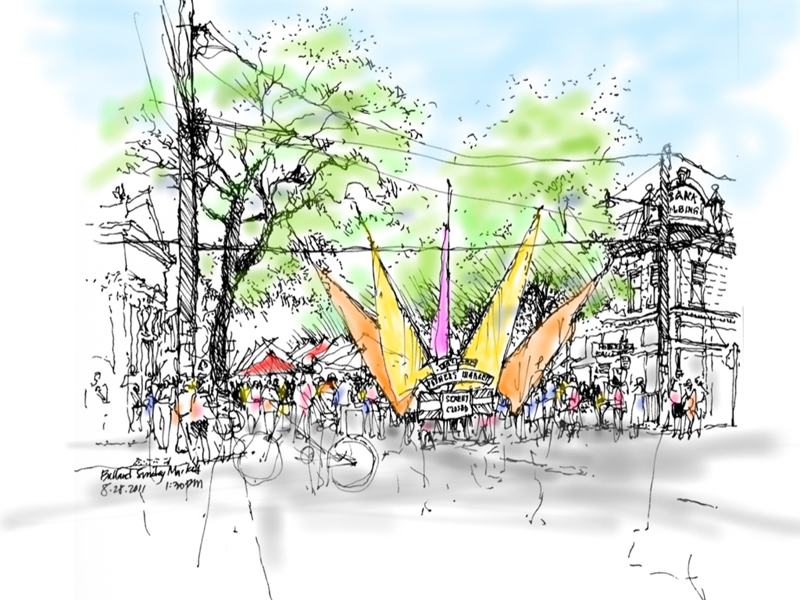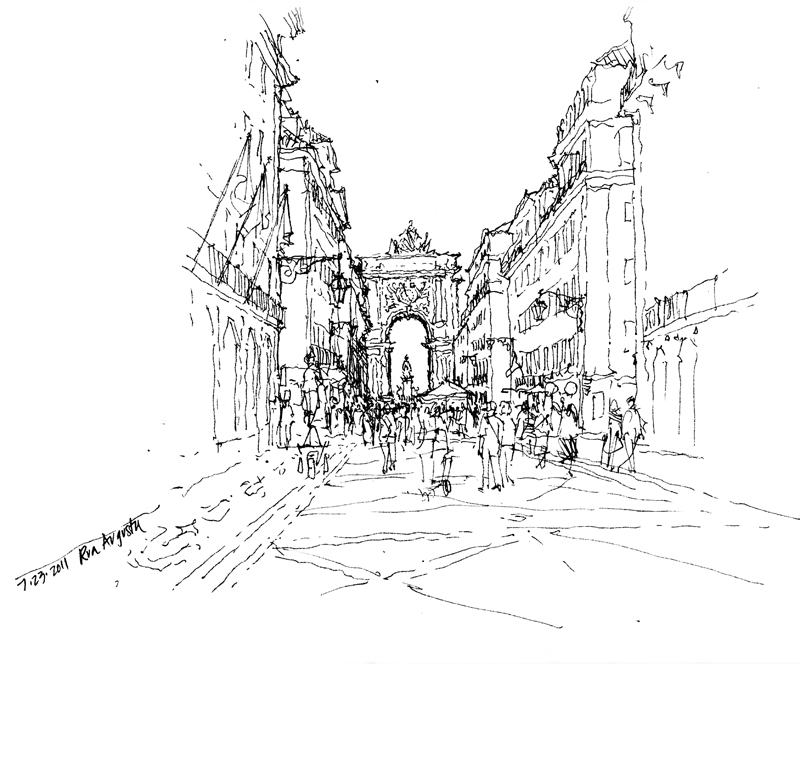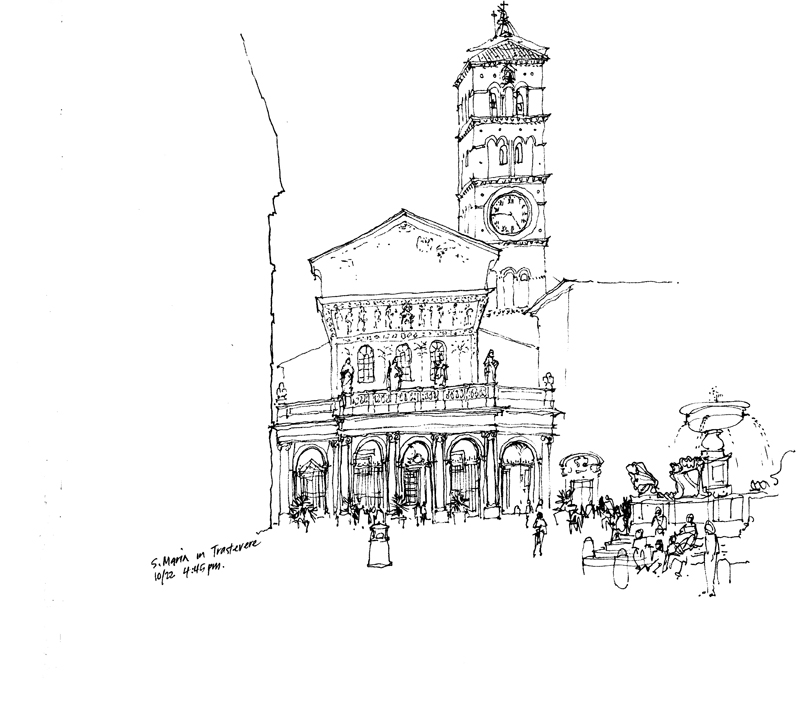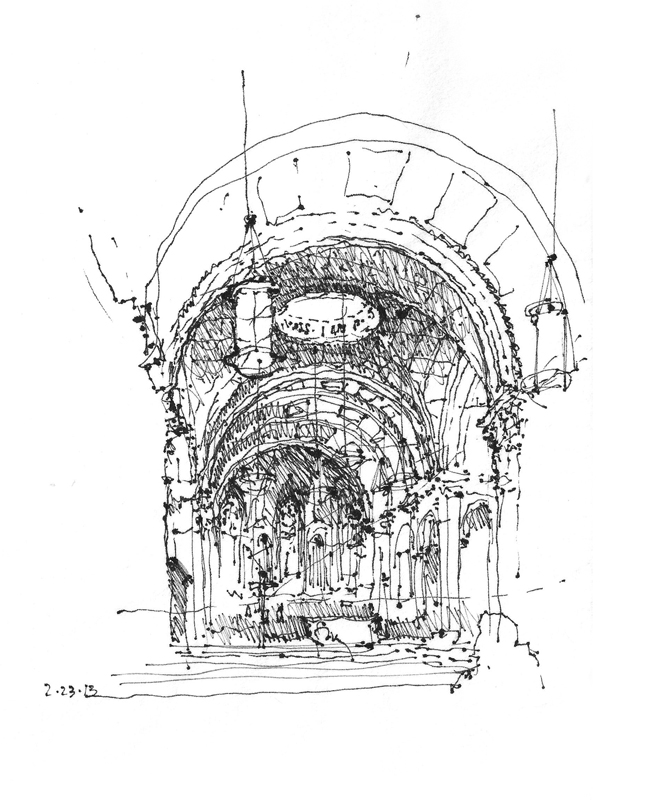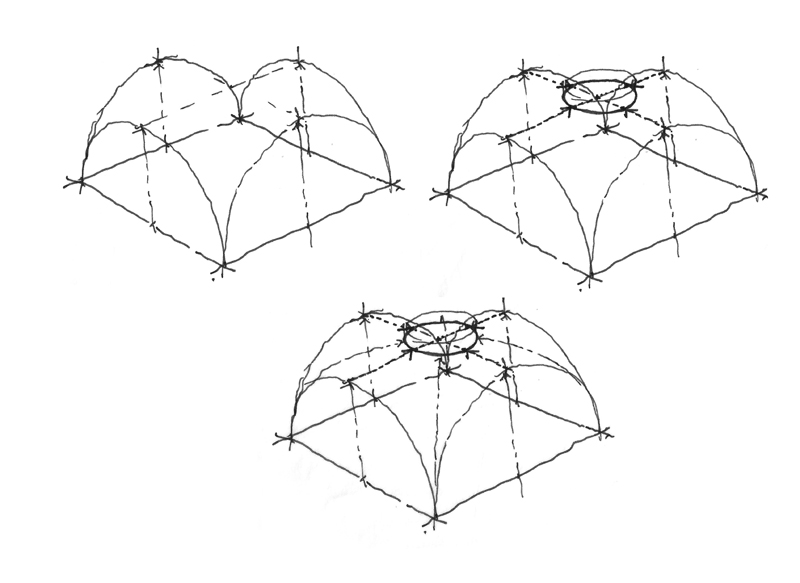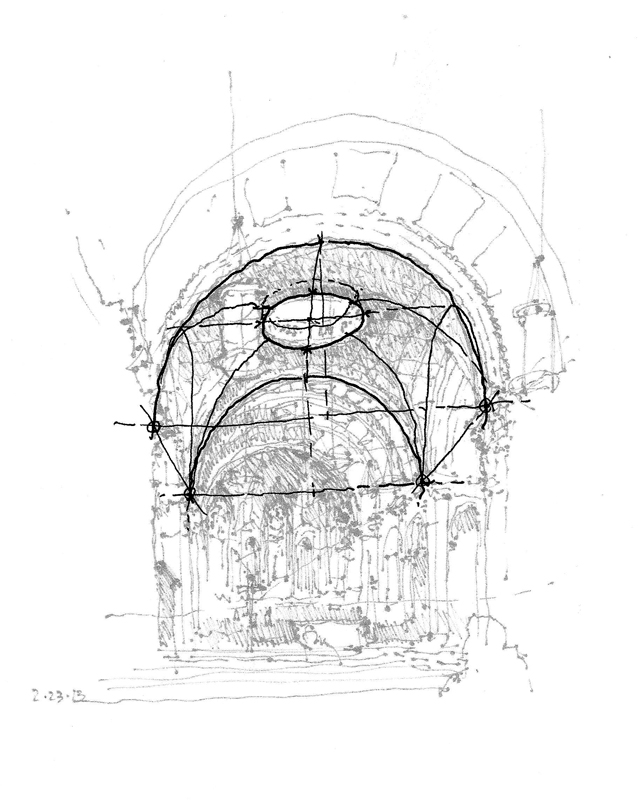…the feelings of sadness and confusion. Where can we find solace? Thoughts and prayers to all impacted by the tragic bombings in Boston yesterday.
Category Archives: Drawing
WorldWide SketchCrawl 39
In 2004, Enrico Casarosa spent a day walking around San Francisco and recording his encounters through drawings. He enjoyed this experience so much that he turned what began as a solitary exploration into a quarterly communal event in numerous cities and towns around the world, a day when groups find an excuse to slow down, look around, and record—through drawing and writing—where they live, work and play.
Yesterday was the 39th WorldWide SketchCrawl Day and you can view the results from around the world at <www.sketchcrawl.com> and <www.flickr.com/groups/sketchcrawl/>. To participate, a group of Seattle UrbanSketchers met yesterday at the University Village shopping center. It was so cold that I had to keep my hands moving constantly in an effort to keep my fingers warm.
I drew this scene out after moving one of the many available chairs around to get the viewpoint I wanted—the umbrella and table in the left foreground, Tokyo Sweets to the right to complete the framing, the cow, calf and tree in the middle ground, and the shops and tower in the background.
And no, that is not a real cow and calf, just metal sculptures displayed as public art for kids to climb on.
Surface and Depth
We draw by dragging, pulling, or in some cases, pushing a pen, pencil, or brush across a receptive surface to make marks that represent what we see or envision. This is the magic of drawing, that the ink, graphite, or paint marks we create can call to mind what we have seen and experienced, or what we foresee as an imagined future.
Some drawings simply lay on the surface on which they are created and tend to be seen and appreciated as 2-dimensional graphics or paintings, viewed through a frame. Due to my training as an architect, however, my personal challenge has always been to overcome the flatness of the drawing surface and create the illusion of space and depth on the 2-dimensional plane.
There are a host of visual depth cues, such as overlapping shapes and size differentiation, that I spoke of in a post from July of last year. Even when drawing 2-dimensional plans, sections, or elevations, we can use contrasting line weights, tonal values, or level of detail to imply depth.
Of course, when drawing experiential views on location, we rely heavily on linear perspective to create the illusion of spatial depth. The convergence of parallel lines, along with the associated principles of size and texture perspective are powerful devices that convince that we are seeing through the paper surface into the depth of a drawing.
Where the Red Door used to be…
Here is a view of where the Red Door used to be, just a block east at the northwest corner of Fremont Avenue North and North 34th Street, now occupied by the Epicenter Apartment Building.
Peet’s Coffee & Tea occupies the street corner while the PCC Natural Market and other retail spaces fill out the ground level. Five floors of apartments rise above, adorned by an array of welded and polished steel sculptures, Mon Sruang (Thai for “Jewelry of Heaven”), by Fremont artist Mark Stevens. The Fremont Bridge is to the left and the new location of the Red Door Ale House is down North 34th Street.
The Red Door
After a brief hiatus, I am continuing my series of views of the Fremont neighborhood of Seattle. At the northwest corner of Evanston Avenue North and North 34th Street sits the Red Door Ale House atop a concrete parking garage. How did it get here?
The original structure was erected on the Fremont tide flats in 1900, before the Lake Washington Ship Canal was constructed. Three years later, it was moved to the northeast corner of Fremont Avenue North and North 34th Street. In 1917, the structure was raised up on stilts so that it would be level with the newly raised streets surrounding it, where it became a familiar sight as one drove across the Fremont Bridge. Originally a drugstore, it was transformed into a tavern in 1938. It is said that the original uneven floor was a sort of sobriety test for those who might have imbibed a little too much ale.
In 2001, to make room for a new mixed use development, the Red Door was relocated to its current location, which you can see in the view above. To the right is the local PCC Natural Market and in the background beyond you can see the Fremont Rocket.
Emerald City Trapeze Arts
Housed in an old boiler works factory in the Sodo district of Seattle, the Emerald City Trapeze Arts is a school for aspiring flying trapeze and aerial artists. The people at ECTA were nice enough to welcome the Seattle UrbanSketchers group yesterday to observe one of their classes and sketch the proceedings.
If you think drawing people is difficult, it is even more challenging trying to capture them in motion as they swing and twirl through the air thirty or forty feet above the floor. There are ample safety belts and netting for the students, but these elements made sketching the scene that much more challenging. So my approach was to begin with the structure of the old timber frame building and then merely suggest the movement of the students. You might be able to see the light strokes I used to try to capture that movement. My good friend, Frank B., helps to establish the foreground, where I was, overlooking the tall space.
Vignettes
Some sketchers start by drawing a border and then filling in the frame. I prefer not to restrict my images to fit within a predetermined frame; my only size constraint is the page or two-page spread on which I’m drawing. And even then, I try to leave myself room for the drawing to develop and grow if necessary. For this reason, I tend to draw vignettes, images that fade into the background without a definite border.
You can see here how I typically start a drawing by roughly outlining the basic forms and establishing a skeletal structure upon which I can elaborate. Then, depending on how much time I have, I select what I want to focus on and develop those details, textures, and values. This approach allows me to leave parts of a drawing unfinished if pressed for time, especially when drawing on location.
Here is another example of how I’ve left portions of a drawing unfinished, allowing the viewer to fill in or sense the missing parts without those parts being actually drawn. Unfinished drawings, in fact, can often engage viewers by exercising their visual imagination.
Chinese Calligraphy
Wanting to produce more drawings for the paper sheets illuminated in the Ingo Maurer-designed Zettel’z 5 Chandelier, I thought of adding Chinese characters that held some meaning to me and my family. Here are some of my initial experiments.
Despite my Chinese heritage, I do not speak, read or write Chinese. And I realize that trying to write in a language I cannot read nor comprehend can be dangerous, for a subtle change in a stroke here and a misplacement there could alter the meaning of a character, and possibly not in a good way.
Also, being left-handed, I cannot possess the natural inclinations of a right-handed calligrapher. Yet I admire Chinese calligraphy for its cultural significance and its visual beauty. I just hope I didn’t mangle the characters too much. After trying these, I realize Chinese calligraphy is an art form that cannot be learned quickly; it requires patience, practice, and a true understanding of the culture that nurtured it. All I can do is try to mimic the graphic qualities that I admire so much.
The Rule of Thirds
Back in January, I posted a piece on maintaining a delicate balance between a static state and one of dynamic disarray when composing a scene and laying it out on a page. Thinking about this subject again brought to mind the rule-of-thirds, a principle of composition that has been used for centuries by painters, photographers, and other artists.
We can visualize this principle by dividing our canvas or page into nine equal parts with two horizontal and two vertical lines spaced equally apart.
The rule-of-thirds postulates that we should place points of interest at any of the four points of intersection or lay out important compositional elements along these lines. Applying the rule-of-thirds in these ways is supposed to create visual tension and an image that is more dynamic than one with the subject matter simply centered on the page.
Consider how moving the horizon line in these three compositions can affect how we perceive the same subject matter in subtle ways.
Of course, rules are alway subject to being broken but experimenting with the rule-of-thirds is a good first step before deciding to disregard it. Even when applying the rule-of-thirds, we should remember that it is not an exact rule to be applied in a precise manner. It merely serves as a guide.
The first decision we have to make is whether a composition is to be balanced in a symmetrical or asymmetrical manner. If the latter, then the rule-of-thirds can serve us well.
Understanding Geometry
I’m sure not everyone would share my love for geometry but an appreciation of the subject has served me well in my years as an architect. Understanding geometry, especially spatial relationships in three dimensions, makes it easier to draw these correspondences in real life.
Take this interior view of St. James Cathedral. Because of the ornamentation, textures and color, it is easy to get confused when confronted by the richness of the scene. But underlying all of the lavish decorative features is a clear geometric scheme.
Imagine looking from above at the square crossing where the nave of the church intersects the transepts. From each side of the square crossing rises semicircular arches. From the apex of each arch, we can extend lines until they intersect at the center of the dome’s oculus. The diagonal groin lines that mark the intersection of the two vaults rise from each corner to intersect at the same center.
If we understand these geometric relationships and, just as important, we can see them as we sit in one of the pews looking upward at the dome, we can draw the square crossing and estimate the placement of the oculus without guessing. We can place it at the peak of the dome, at the intersection of the crossing groin ribs, directly above the center of the crossing.

